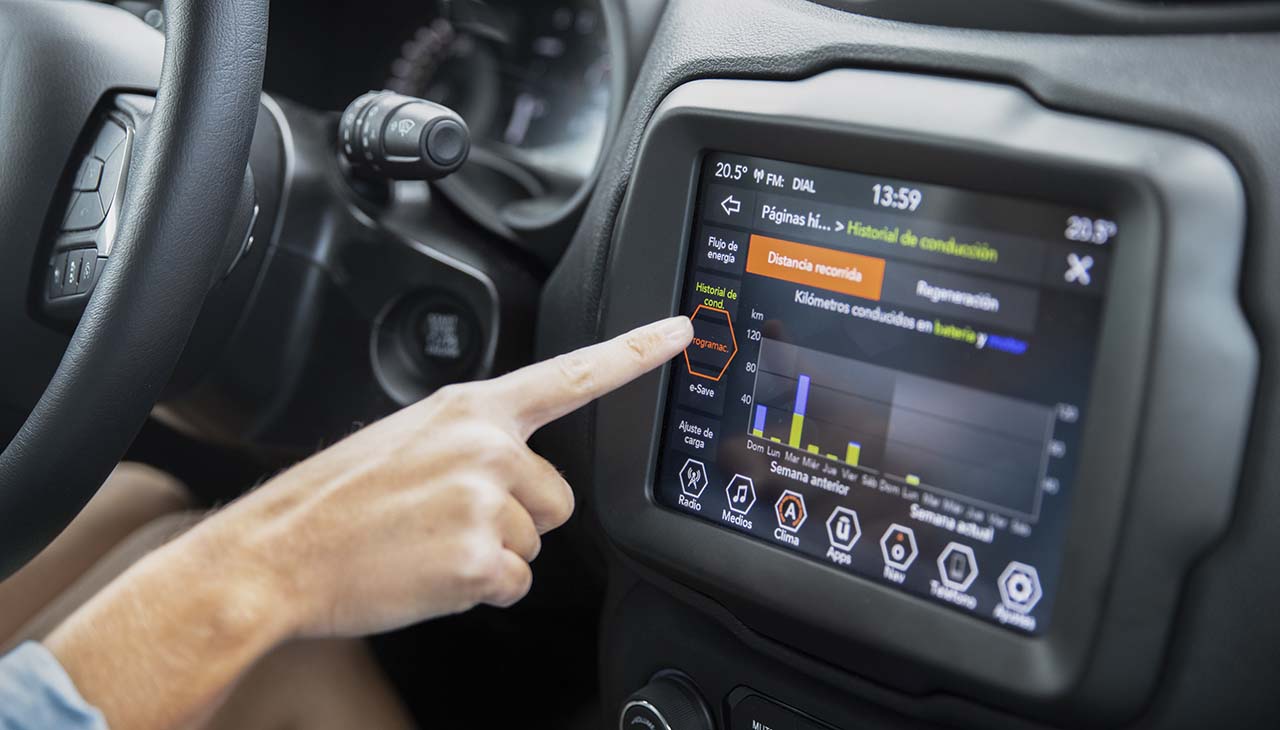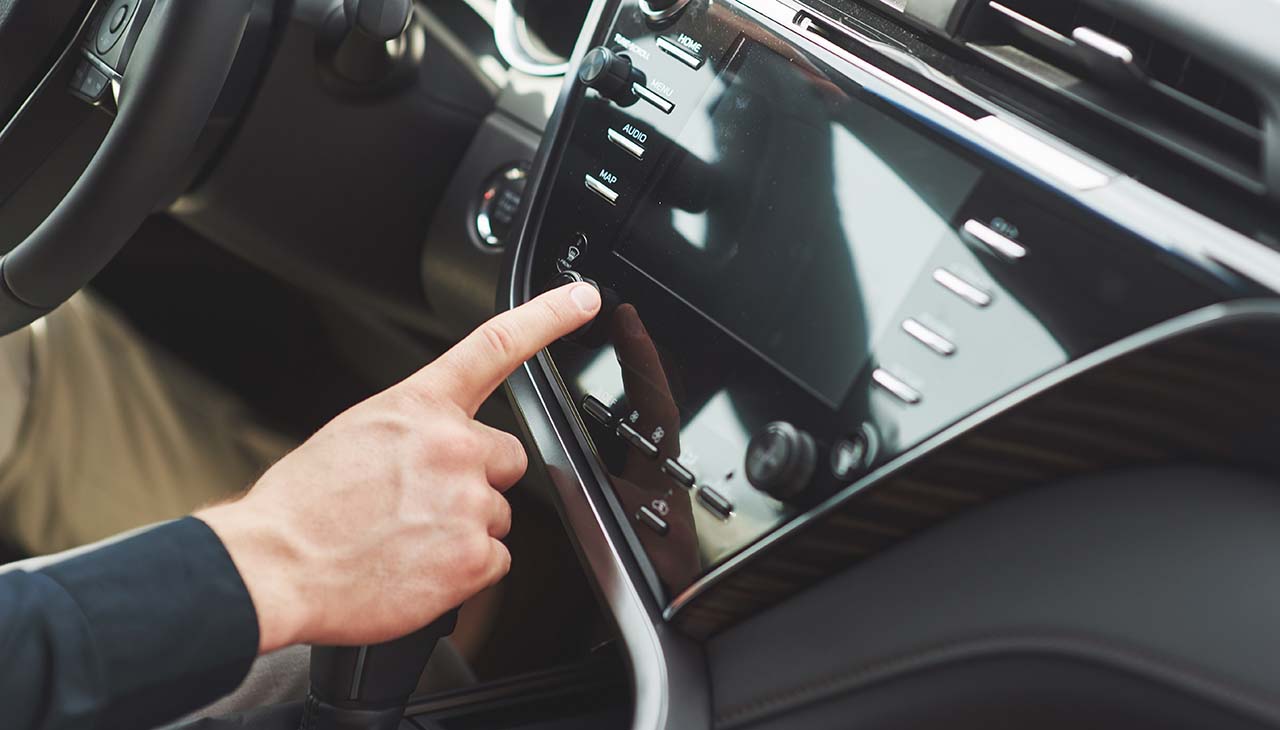Introduction
Imagine cruising down the highway with crystal-clear sound and booming bass that makes every song feel like a live concert. A top-notch car audio system can transform your driving experience, turning mundane commutes into musical journeys. For car enthusiasts, audiophiles, and DIY fans, upgrading your car’s audio system isn’t just about better sound—it’s about elevating your entire driving experience.
In this blog post, we’ll explore why upgrading your car audio system is a worthwhile investment, and provide a comprehensive guide to help you achieve superior sound quality. Whether you’re a novice or an experienced DIYer, our step-by-step instructions and tips will make the process smooth and enjoyable.
Understanding Your Current System
Before you dive into upgrades, it’s crucial to understand your current audio setup. Factory-installed systems often lack the quality and features that audiophiles crave. Start by listening critically to identify weak points. Do the speakers distort at high volumes? Is the bass lacking depth? Note these issues.
Common pitfalls of factory-installed systems include low-quality speakers, weak amplifiers, and limited tuning options. These components are designed to be cost-effective for manufacturers, not necessarily to deliver the best sound. By recognizing these limitations, you can better plan your upgrades.
Assessing your current system also helps you avoid redundant upgrades. If your car already has a decent head unit but poor speakers, you know where to focus your efforts.
Types of Upgrades
When it comes to upgrading, there are several components you can consider:
Speakers
Upgrading your car speakers is often the most impactful change. High-quality speakers deliver clearer sound and better bass response. Look for materials like polypropylene or kevlar for durability and performance.
Amplifiers
An amplifier boosts your audio signal, providing the power needed for higher volumes and better sound quality. While factory systems often have built-in amps, they can’t match the performance of dedicated units.
Head Units
The head unit is the control center of your car audio system. Upgrading to a modern unit can add features like Bluetooth, smartphone integration, and advanced tuning options. However, they can be costly and complex to install.
Understanding the pros and cons of each upgrade—along with the associated costs—will help you make informed decisions.
Planning Your Upgrade
Planning is the key to a successful upgrade. Start by setting a budget. The cost of components can add up quickly, so prioritize based on your needs and financial constraints.
Consider the type of music you listen to most. Bass-heavy genres like hip-hop and EDM benefit from powerful subwoofers and amplifiers, while classical and jazz might require high-fidelity speakers for nuance.
Finally, think about your car’s layout. Not all cars can accommodate large subwoofers or double-DIN head units. Measure your available space and check compatibility before purchasing any components.
The DIY Approach vs. Professional Installation
Deciding between a DIY upgrade and professional installation depends on your skills, tools, and comfort level.
DIY Approach
Doing it yourself can save money and give you a sense of accomplishment. However, it requires a good understanding of car electronics and the right tools. Mistakes can be costly and time-consuming to fix.
Professional Installation
Professionals bring expertise, specialized tools, and warranty coverage. They can handle complex installations and ensure everything works seamlessly. While it costs more, the peace of mind can be worth it.
Weighing the pros and cons of each approach will help you choose the best path for your project.
Step-by-Step Guide to Upgrading
Ready to get started? Here’s a basic guide to upgrading your car speakers:
- Gather Your Tools and Materials:
- New speakers
- Screwdrivers
- Wire strippers
- Electrical tape
- Panel removal tool
- Remove the Old Speakers:
- Disconnect the car battery.
- Remove the door panels using the panel removal tool.
- Unscrew and disconnect the old speakers.
- Install the New Speakers:
- Connect the new speakers to the existing wiring.
- Secure them in place with screws.
- Reattach the door panels.
For more complex upgrades like adding an amplifier or subwoofer, consult detailed guides or consider professional help.
Testing and Tuning Your New System
Once your new components are installed, it’s time to fine-tune your system. Start by adjusting the head unit’s equalizer settings to balance bass, midrange, and treble.
Next, test your system with various music genres to ensure it performs well across the board. Listen for any distortion or imbalance and make necessary adjustments.
Don’t forget to test all connections and ensure everything is securely fastened. Loose wires can cause intermittent issues and degrade sound quality.
Conclusion
Upgrading your car audio system is a rewarding endeavor that enhances your driving experience. By understanding your current setup, planning your upgrades, and choosing between DIY and professional installation, you can achieve superior sound quality tailored to your preferences.
We encourage you to share your upgrade experiences and questions in the comments. And if you’re ready to take your car audio to the next level, consider consulting with a professional for personalized recommendations and expert installation.
Your perfect drive is just an upgrade away!


